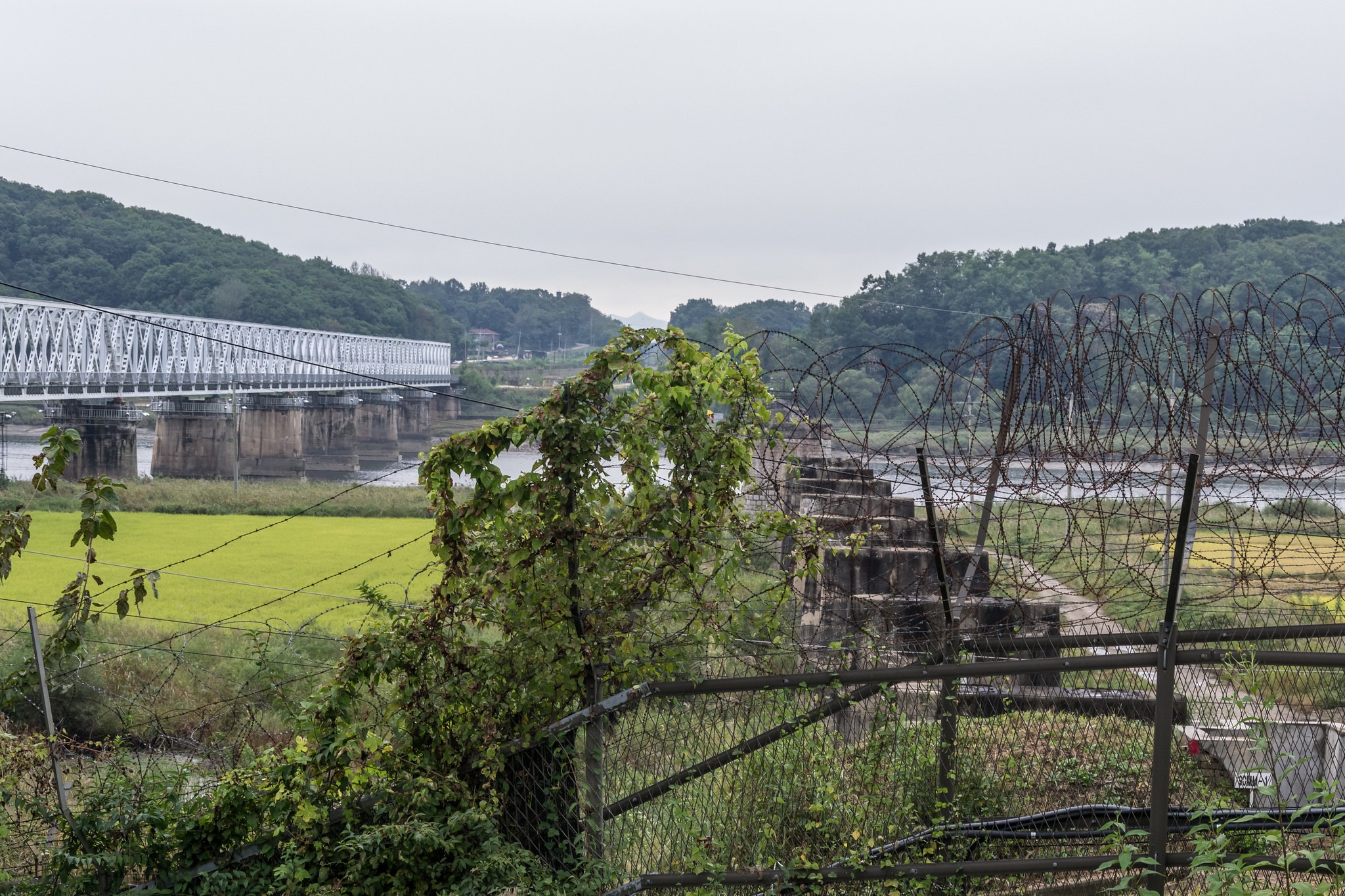[WMD] Asymmetric WMD Threats: DPRK Nuclear, Cyber, and Bio-Chemical Weapons Capabilities
Dr Sang Hyun Lee, APLN member and President of the Sejong Institute, assesses the evolution and state of play of DPRK’s current asymmetric capabilities. He argues that DPRK’s asymmetric forces consisting of increasingly-sophisticated nuclear weapons, ballistic missiles, bio-chemical weapons, and cyberattacks pose an existential threat to the ROK, undermine stability in Northeast Asia and threaten the international community.
He makes the case that policymakers should devise and implement strategies for the DPRK on the premise that the conflict will last a long time. He cautiously concludes that since the ROK does not have many options in response to the DPRK’s asymmetric threats, it would be prudent to make progress on the peace process on the Korean Peninsula.
He highlights the major developments of the DPRK’s asymmetric WMD capabilities. Key points include:
- Nuclear Weapons: DPRK is pursuing a strategy to strengthen its nuclear capability enough to withstand retaliation by the ROK-US combined forces after a limited surprise attack. Its most logical strategy is to end escalation by using nuclear threats after it caused considerable damage to the ROK with a surprise conventional attack and before the situation goes to next stage of escalation.
- Cyberwarfare: The DPRK’s cyberwarfare capabilities present an immediate threat to highly informatized weapons systems of the US-ROK forces. Numerous government and private institutions around the world have been hit hard by North Korean hacking. The DPRK’s cyberattacks have become more frequent in general as international isolation has intensified due to international sanctions. Two main shifts in Pyongyang’s cyber operations include an increase in cyber-attacks aimed at financial gain; and a decrease in the visibility of cyber operations at espionage and information gathering.
- Missiles: DPRK is trying to diversify its missile capabilities, threaten Japan beyond the ROK, protect missiles from the US first-strike attacks, and expand the foundation for retaliatory attacks on the ROK and Japan. There is circumstantial evidence that the DPRK might be developing multiple independently-targetable re-entry vehicles (MIRVs) – where one missile can deliver multiple warheads to different targets – to strengthen its Intercontinental Ballistic Missile (ICBM) capability.
- Chemical and Biological Weapons: The DPRK may have chemical and biological weapons but not much is known about these weapons programs. Nothing in the official public record to date indicates that the DPRK has an advanced biological weapons program, notwithstanding media reports to the contrary. However, the ROK’s greatest threat is the attack from DPRK long-range artillery deployed along the DMZ with biological and chemical agent payloads which are more threatening than nuclear weapons or ballistic missiles.
Recommendations:
-
Develop a new strategy for dialogue to slow WMD: Standard confidence building measures and incentives such as economic aid and a peace treaty, alone, are unlikely to induce WMD renunciation by the DPRK. This is in part due to the nature of the DPRK’s polity, but also because trust has been eroded by all parties to the Korean conflict. A new strategy should be developed to impose costs and regrets on the DPRK for missed opportunities for dialogue and to prepare the way for further talks aimed at least at slowing if not reversing its WMD developments.
-
Enhance cyber capabilities and collaboration with partners: The ROK must keep a close watch on espionage activities to correctly estimate the DPRK’s cyber capabilities. It must continuously adapt and build up its own capabilities to counter rapidly evolving cyber threats not only in the technical domain, but also through devising common responses with international partners. Closer collaboration and intelligence sharing with other countries who have experienced DPRK’s cyber-attacks can help overcome security problems by addressing each other’s cyber system weaknesses.
-
Trust-building and peace process: The ROK should strengthen its efforts to induce the DPRK into becoming a normal state in Northeast Asia via a peace process on the Korean Peninsula in the long run. Efforts should be made to build trust between the DPRK and its neighbours.
-
Modify US nuclear umbrella: The US nuclear umbrella is outdated for the purpose of deterring the DPRK’s nuclear threats. It needs to be modified for improved signalling of collective resolve against DPRK’s nuclear bullying.
Click on the adjacent link to download the full report.
About the Author
Sang Hyun Lee is President of the Sejong Institute in Seoul, South Korea. He also serves as President of the Korea Nuclear Policy Society (KNPS). He received his B.A. and M.A. from Seoul National University and Ph.D. from the Department of Political Science at the University of Illinois at Urbana-Champaign in 1999. He was a research fellow at the Korean Institute for International Studies (1987-88), the Korea Institute for Defense Analysis (1988-90), and policy advisor for Ministry of Foreign Affairs, Ministry of National Unification, and Ministry of National Defense. He has served as Director-General for Policy Planning, Ministry of Foreign Affairs (MOFA) from May 2011 to April 2013. He is a member of Asia-Pacific Leadership Network for Nuclear Nonproliferation and Disarmament(APLN), and Korea-US Nuclear Policy Leadership Initiative (NPLI). He has been a visiting scholar at the Institute for Development and Security (ISDP) in Stockholm, Sweden, and the Stimson Center in Washington DC.
Disclaimer: The views expressed in this report do not necessarily reflect the position of the Asia Pacific Leadership Network or any of its members.
Image: iStock

![[WMD] Asymmetric WMD Threats: DPRK Nuclear, Cyber, and Bio-Chemical Weapons Capabilities](https://cms.apln.network/wp-content/uploads/2021/12/KakaoTalk_Photo_2021-12-22-10-44-15-2.png)
![[NU-NEA] Nuclear-Use Cases for Contemplating Crisis and Conflict on the Korean Peninsula](https://cms.apln.network/wp-content/uploads/2021/12/Bennett-Davis-thumbnail_NEW-2.jpg)

